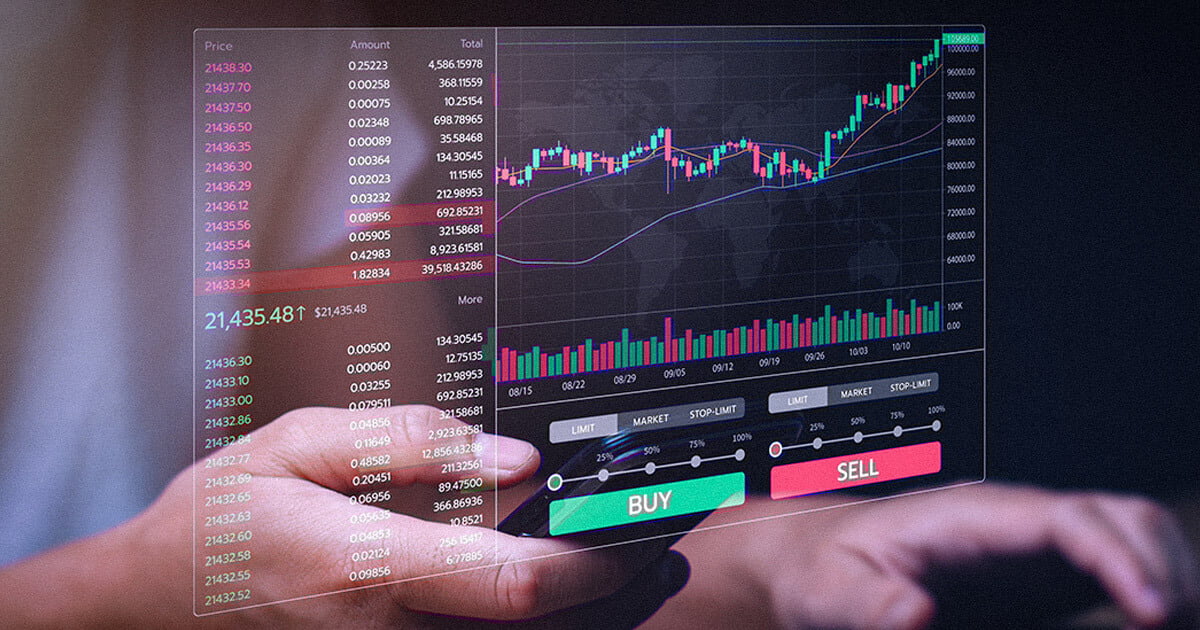
Backtesting Strategies: Enhancing Trading Profits with Data-Driven Insights
Trading in financial markets requires a well-defined strategy, careful risk management, and continuous improvement. Backtesting is a crucial tool that traders use to evaluate and refine their trading strategies. In this article, we will explore the concept of backtesting, its importance, and how it can help traders enhance their profits through data-driven insights.
What Is Backtesting?
Backtesting is the process of testing a trading strategy using historical market data to assess its performance. Traders simulate their trading strategy as if they were trading in the past to gauge how it would have performed under various market conditions. The goal is to identify strengths and weaknesses, optimize the strategy, and gain confidence in its effectiveness.
Why Backtesting Matters
1. Strategy Evaluation:
Backtesting provides a systematic way to evaluate trading strategies objectively. It allows traders to quantify how well a strategy would have performed historically, helping them identify its potential profitability.
2. Risk Management:
Understanding a strategy’s historical performance helps traders assess its risk profile. By analyzing drawdowns and volatility, traders can adjust their risk management rules to protect their capital.
3. Confidence Building:
Successful backtesting instills confidence in traders by demonstrating that their strategy has worked in the past. This confidence can be a significant psychological advantage during live trading.
4. Strategy Optimization:
Backtesting highlights areas where a strategy can be improved. Traders can tweak parameters, entry and exit rules, or position sizing to enhance performance.
The Backtesting Process
To conduct a backtest, traders typically follow these steps:
1. Data Collection:
Collect historical price data for the assets or markets you want to trade. Ensure the data includes relevant timeframes and instruments.
2. Strategy Development:
Define your trading strategy with specific entry and exit rules, stop-loss levels, take-profit targets, and position sizing.
3. Simulation:
Apply your strategy to the historical data, simulating trades as if they were executed in real-time. Record each trade’s details, including entry and exit prices.
4. Performance Analysis:
Analyze the results of your backtest, including key metrics like profit and loss, win rate, maximum drawdown, and risk-reward ratio. Evaluate the strategy’s overall performance.
5. Optimization:
Identify areas where the strategy can be improved based on the backtest results. This may involve adjusting parameters, adding filters, or refining risk management rules.
6. Out-of-Sample Testing:
To ensure the strategy is robust, conduct out-of-sample testing on a different set of historical data that was not used during initial development. This helps verify the strategy’s effectiveness in varying market conditions.
7. Forward Testing:
After successful backtesting and out-of-sample testing, consider forward testing or trading the strategy with real money in a controlled environment to confirm its viability.
Common Pitfalls to Avoid
While backtesting is a valuable tool, traders should be aware of common pitfalls:
Overfitting: Optimizing a strategy to fit historical data too closely can lead to poor performance in live markets.
Neglecting Slippage and Costs: Backtests often ignore transaction costs and slippage, which can significantly impact real-world results.
Ignoring Changing Market Conditions: Strategies that worked well in the past may not perform the same way in the future due to evolving market dynamics.
Conclusion
Backtesting is an indispensable part of a trader’s toolkit. It provides valuable insights, helps refine trading strategies, and enhances the potential for trading profits. However, it should be used in conjunction with sound risk management and an understanding of the limitations of historical data. By incorporating data-driven insights from backtesting, traders can increase their chances of success in the dynamic world of financial markets.
